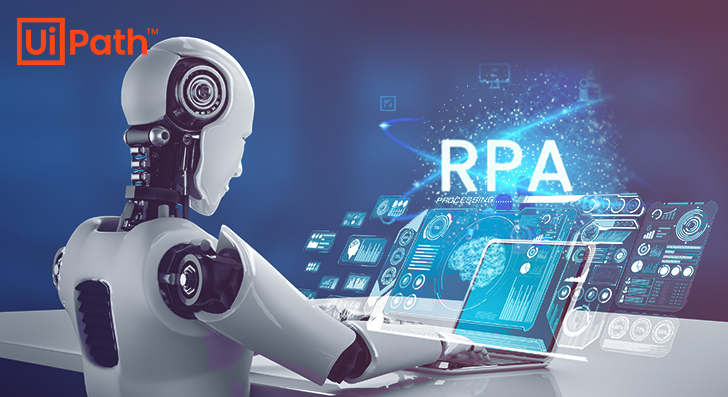What is Robotic Process Automation (RPA)?
Robotic Process Automation (RPA) is a technology that enables software robots, or “bots,” to mimic and automate repetitive, rule-based tasks typically performed by humans on digital systems. These tasks include: Data entry across applications, extracting information from documents, processing transactions, sending automatic emails, filling out online forms. RPA does not replace existing systems; instead, it works on top of them by imitating human actions such as clicking, typing, and copying data.
Key Benefits of RPA:
High efficiency: Operates 24/7 without fatigue
Accuracy: Reduces human error
Scalability: Easily handles increased workloads
Fast ROI: Lowers operational time and cost quickly
Example of an RPA Platform:
One of the most popular RPA platforms is UiPath (as shown in the image), which allows users to build automation workflows using a drag-and-drop interface. It integrates with various systems like Excel, web applications, SAP, and more.
Sources:
UiPath. (n.d.). What is RPA?
https://www.uipath.com/rpa/robotic-process-automation
IBM. (n.d.). What is Robotic Process Automation (RPA)?
https://www.ibm.com/topics/rpa
Deloitte. (2020). Automation with Intelligence Report





Leave A Comment